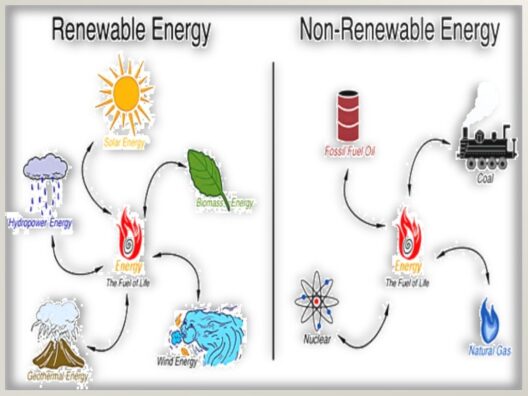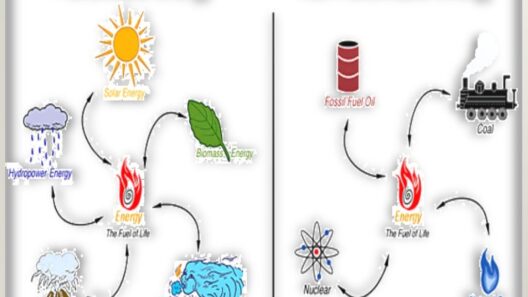In today’s evolving energy landscape, concerns such as sustainability and conservation have garnered significant attention. With the shift towards renewable energy sources, companies like A&K Energy Conservation are at the forefront, dedicated to promoting energy efficiency and a sustainable future. In this discourse, we will delve into the sensitive topic of salaries for employees within this pivotal sector, exploring the various dimensions of compensation for those committed to conserving energy.
Understanding the compensation structures within A&K Energy Conservation requires a look at several factors: job roles, geographical locations, and industry standards. The job encompasses a plethora of positions, from project managers and engineers to field technicians and administrative staff. Each of these roles contributes uniquely to energy conservation efforts, and as such, the remuneration reflects this diversity.
Consider the role of a project manager. These professionals often serve as the linchpin of energy efficiency projects. They oversee the planning, execution, and conclusion of projects aimed at reducing energy consumption. According to industry norms, a project manager in energy conservation can expect a salary range between $70,000 and $100,000 annually, depending on experience, education, and the complexity of the projects handled. Such compensation underscores the significance of managerial roles in driving impactful sustainability initiatives.
Next, let us explore the technical staff—engineers and energy analysts. Engineers, who design and implement energy-saving technologies, often earn slightly more than their managerial counterparts, reflecting their specialized skill set and the technical challenges they navigate. Their salaries generally range from $75,000 to $110,000 annually. Energy analysts, on the other hand, play a crucial role in assessing energy consumption and providing insights into reduction strategies, with salaries typically between $60,000 and $85,000. Both positions exemplify the necessity for highly trained professionals devoted to innovating within the conservation space.
Field technicians, the on-ground warriors in the energy conservation crusade, also play a vital role. They are responsible for implementing, maintaining, and troubleshooting energy-efficient systems. Though their salaries may be lower, usually ranging from $40,000 to $65,000, their contributions are no less essential. Technicians often hold a wealth of practical knowledge that, when leveraged, can result in significant energy savings for clients and communities alike.
Beyond traditional salary metrics, it is crucial to examine the benefits package associated with working in energy conservation. Health insurance, retirement plans, and educational reimbursement can incorporate significant value, sometimes outweighing base salaries. For example, A&K Energy Conservation may offer comprehensive health coverage, including mental health support, which is becoming increasingly recognized as integral to employee well-being. Additionally, retirement plans, such as 401(k) matching, encourage long-term investment in both employees’ futures and their commitment to the company’s mission.
In honing a career within A&K Energy Conservation, many employees also enjoy ongoing training and development opportunities. The energy sector is perpetually evolving, and these opportunities allow employees to acquire new skills and stay abreast of groundbreaking technologies. This hand-in-hand growth fosters a workplace culture that values knowledge dissemination and innovation, equipping employees to face challenges head-on.
Geographic location plays an undeniably critical role in salary differentiation. Urban areas with a higher cost of living typically offer more competitive salaries to offset expenses. However, this trend does not always hold; certain regions with burgeoning renewable energy initiatives may provide incentives that uplift salaries beyond the typical ranges. For instance, states with aggressive renewable energy targets, like California or New York, may draw skilled labor with lucrative compensation packages designed to attract talent and meet ambitious sustainability goals.
Moreover, experience levels significantly influence earning potential. Entry-level positions in energy conservation might start on a lower salary scale, often in the range of $35,000 to $50,000, while seasoned professionals could see their earnings skyrocket as their expertise becomes more valuable. The deliberate investment in skill acquisition, driven by both passion and purpose, translates into higher salaries as employees navigate their careers through various roles within the organization.
Let us not overlook the intrinsic motivation that drives professionals to work in energy conservation. While salary is a critical factor, many employees are drawn to the sector by a profound commitment to environmental stewardship and the imperative of conserving resources for future generations. This intersection of passion and profession fosters a workplace atmosphere charged with mission-driven energy and enthusiasm. Salary, therefore, while significant, is but one facet of a more comprehensive compensation experience shaped by values, commitment, and the collective ambition of creating a sustainable world.
In conclusion, the salaries of A&K Energy Conservation employees reflect a myriad of influencing factors—job roles, experience, geographical disparities, and intrinsic motivations. Within this dynamic organization, workers are not only compensated for their roles but are also energized by the broader mission of fostering environmental stewardship. As the energy conservation sector continues to evolve, so too will its compensation structures, ensuring that passionate professionals are adequately rewarded for their indispensable contributions towards a sustainable future.







